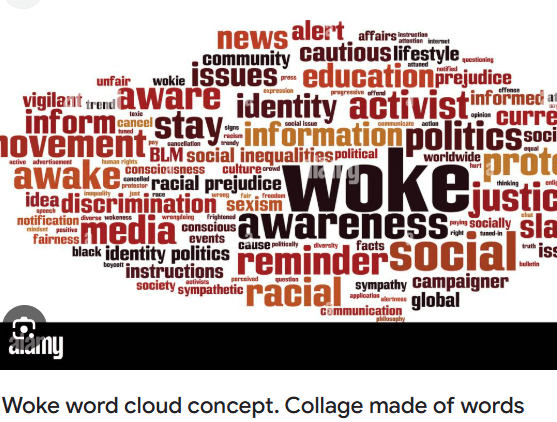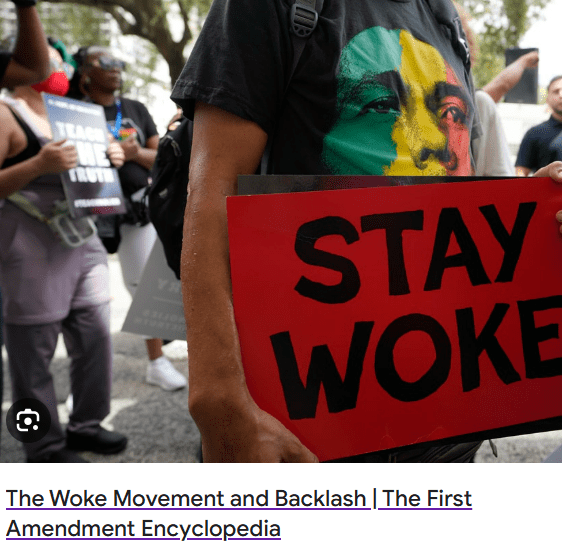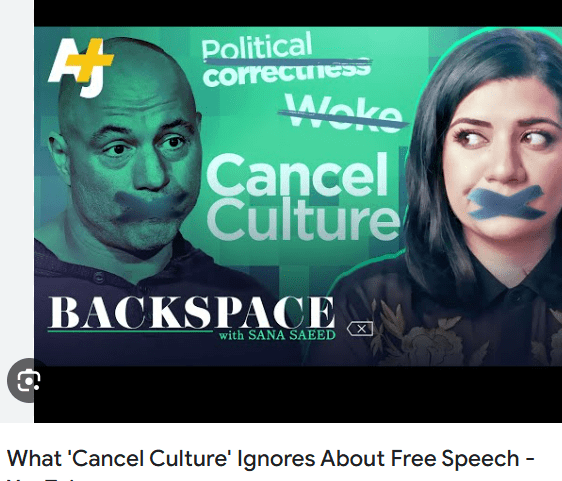This year’s first Discussion Group meeting was held as usual on the last Friday of the month, the 31st of January at the Javea Centro Social. The subject was controversial and complicated, especially because of Trump’s first steps regarding different social issues and the DEI programs ( Diversity, equity and inclusion).
We started the discussion with the question of how we define woke. It appears that there are different definitions and understandings and no clear answer, as it depends on the worldview of the specific person.

As the story goes, once upon a time “woke” was a simple word with a powerful message. It started as a quiet call to action in Black communities in the early 20th century, urging people to “stay woke”—to stay alert and aware of the injustices around them. But over the years, “woke” has transformed into something much bigger (and more complicated) based on theories, first of all, Critical Theory, Critical Race Theory, Feminism Theory, etc. widely discussed at university campuses
By 2016, “woke” had gone mainstream. Everyone—from celebrities to social media influencers—was talking about being woke. It wasn’t just about racism anymore; it expanded to include feminism, LGBTQ+ rights, climate change and more. Even brands started jumping on the bandwagon, slapping “woke” messaging onto ads and campaigns. But not everyone was thrilled about this shift. Some people started to feel like “woke” was losing its deeper meaning and becoming just another trendy buzzword.

As “woke” grew more popular, it also became more controversial. Critics—especially from conservative circles—began using it as an insult. To them, being “too woke” meant being overly politically correct and using censorship, or pushing ideas they didn’t agree with. Terms like “woke culture” and “cancel culture” started popping up in debates about free speech and social norms. This is how “woke” became not just about awareness—it was a battleground for clashing ideologies.

Today, “woke” is both celebrated and criticized. For some, it’s still a symbol of fighting for justice and making the world better. For others, it’s become a joke or an insult—a way to dismiss progressive ideas they don’t like (especially because of their sometimes overzealous applications in real life). What’s clear is that “woke” has come a long way from its humble beginnings.
There still are a lot of debates and discussions going on in academic circles as well as in media and public life
The story of “woke” reminds us how powerful words can be—and how easily their meanings can shift over time. Whether you see it as a force for good or a source of conflict, one thing is certain: the conversation around being “woke” isn’t going away anytime soon.
Stay curious—and maybe even stay woke!
